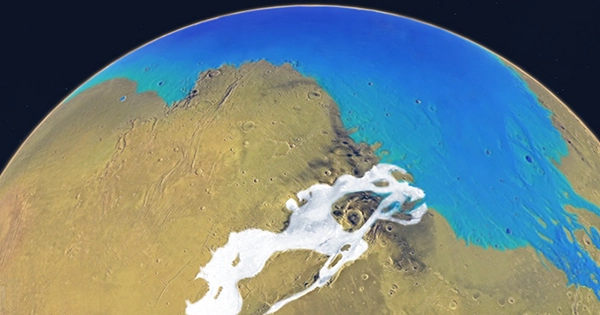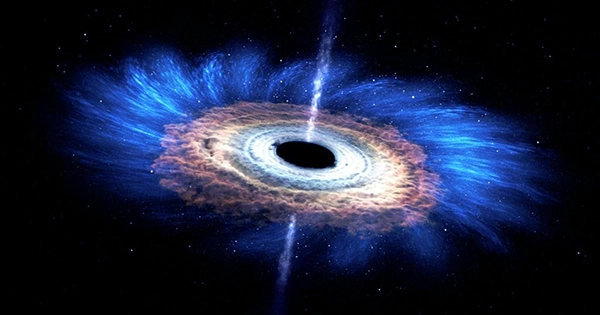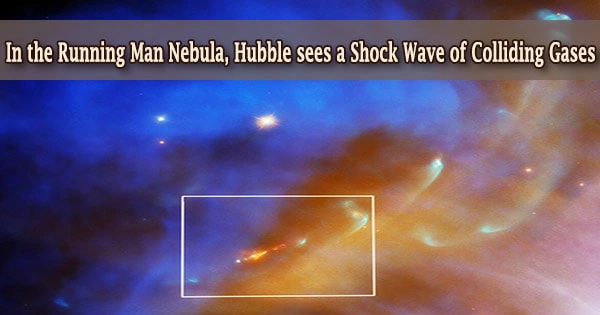After being knocked off Mars, the meteorite NWA 7034 is considered one of the world’s most scientifically valuable rocks. The finding of a single shocked crystal within NWA 7034 has revealed that Mars was still being bombarded by asteroids far later than previously thought, perhaps restricting the window for life to have lived there. Meteorites from Mars are uncommon compared to those from the asteroid belt, as they could only have been sent into space by a major impact from the Red Planet’s surface.
That makes them valuable, and NWA 7034’s 320 gram (11 ounce) weight and color earned it the nickname Black Beauty. Perseverance may be gathering Mars samples right now, but we won’t get them until 2031, so for now, we’re stuck with rare Mars meteorites. NWA 7034 is made up of material from all over Mars that was deposited in one location and compacted together, allowing planetary scientists to piece together an exceptionally wide picture of the planet’s geology. A new report published in Science Advances details examining a variety of Black Beauty’s crystals, known as zircons, that date back to the start of Mars and discovering one that showed signs of being in a particularly powerful impact.
Many zircons generated between 4.48 and 4.43 billion years ago, not long after Mars consolidated out of the protoplanetary disk, are found in Black Beauty. A 2019 study looked at a sample of these and found that none of them had suffered a major impact after formation. This was interpreted to mean that the big bodies slamming into the Moon until roughly 3.9 billion years ago had no equivalent on Mars. Dr. Aaron Cavosie of Curtin University told IFLScience that the zircons in Black Beauty were “so diverse that we needed a larger sample.” One of these zircons could have a completely different history than the other.”
Cavosie and lead author PhD student Morgan Cox discovered one grain that showed a sign of shock damage known as “twinning” seen on Earth in crystals that survived the largest impacts – even those greater than the one that ended the dinosaurs’ reign – after nearly doubling the number of zircons studied. “This grain is certainly a one-of-a-kind gift from Mars,” stated Cox in a statement. The crystal in issue was dated at 4.45 billion years old using uranium/lead ratios, indicating that the impact must have happened after that, but Cavosie told IFLScience there’s no way of knowing how long after that.
Impacts large enough to cause twinning are assumed to have destroyed livable conditions, meaning that if life existed on Mars earlier, it would have had to start all over again. A single large hit might not be significant, but if it is symptomatic of a continuous bombardment similar to the Moon’s, the chances of life at the time would have been bleak. “This highlights the potential that the habitability window happened later than previously assumed, possibly correlating with evidence for liquid water on Mars by 3.9 to 3.7 billion years ago,” Cavosie said.
Cavosie told IFLScience that there is still a lot of confusion about the subject. Such impacts could have been “a two-edged sword,” he added, given evidence that the Chicxulub impact generated a hydrothermal province beneath the crater that may have been better suited to life than the surface. Nonetheless, this solitary grain will make us reconsider the chances of ancient life on Mars, as well as the reasons for its absence if we never find any. A larger sample would, of course, improve our understanding. Unfortunately, Cavosie told IFLScience that this may have to wait because the equipment needed to detect such shocks is now too huge to go on Martian rovers, leaving us reliant on uncommon meteorites.
















